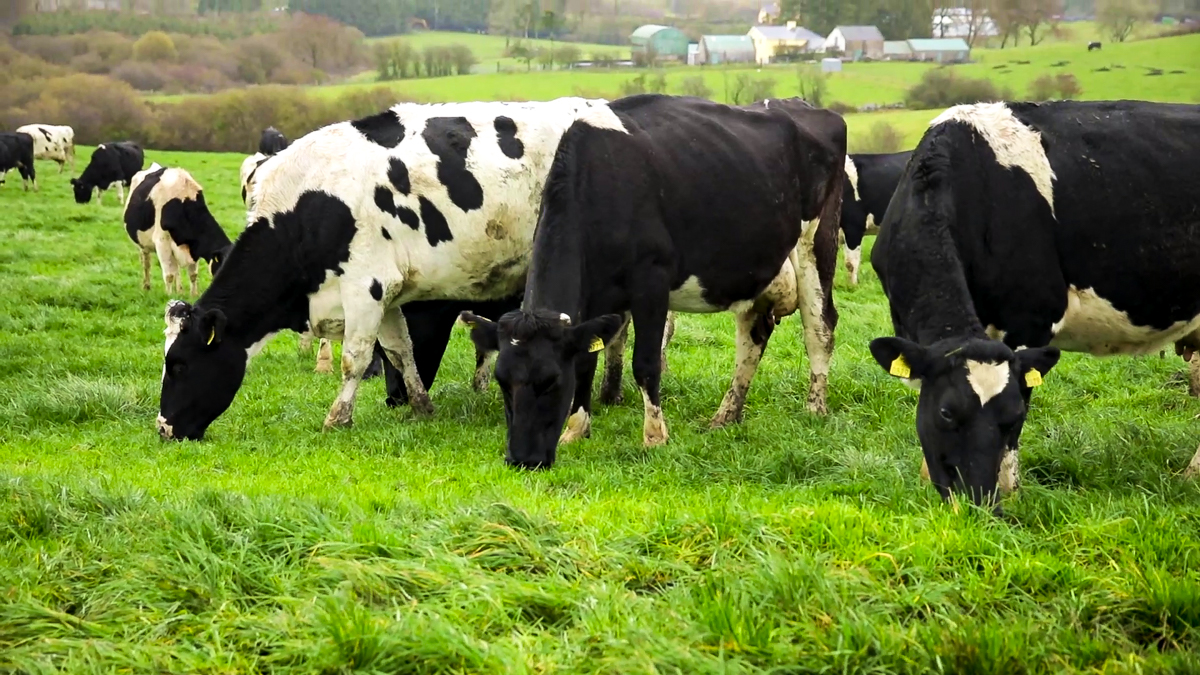Grass quality is becoming an issue on many dairy farms, at a time when keeping high-quality grass ahead of cows is key.
Having high-quality grass is important in order to maintain production in cows as anything less can have reduced digestibility.
The issue with grass quality at present is partly due to reduced growth rates that have been seen on farms and that a lot of swards have become very stemmy.
Cows find grazing stemmy grass quite difficult and this reduces the total energy intake of a cow, thus reducing production.
Grass quality
The stem in swards appear to have been caused by the high growth rates that were experienced on farms.
This caused grass to go to seed, leaving the sward with a large amount of stem.
To improve the grass quality in these swards they will need to be reset with a mower.
Mowing a paddock and bailing should be preferred choice when farmers are looking to reset paddocks.
Grass growth
During June and July, growth rates are often quite high, which can result in stem returning into swards.
To try and avoid this it is important that paddocks are grazed at the correct cover.
Pre-grazing covers of 1,300-1,500kg of dry matter (DM)/ha should be the target, as covers that are over this are too heavy to be grazed.
These heavier covers should be skipped and baled, rather than forcing cows to graze them.
Some farmers may be tempted to graze heavier covers then top the paddock after cows, but this actually has a negative impact on subsequent grass growth by cutting the regrowth that is in the sward.
The best option once again is to skip this paddock and bail it. Move the cows into a paddock that has a more suitable cover of grass, which won’t impact on production from the cows.
